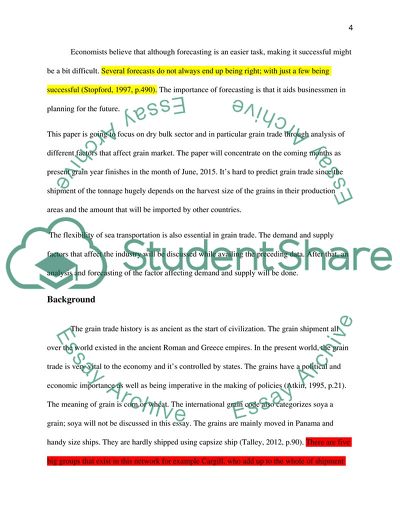Cite this document
(Tanker Shipping Market analysis and Forcast Coursework, n.d.)
Tanker Shipping Market analysis and Forcast Coursework. https://studentshare.org/macro-microeconomics/1875230-tanker-shipping-market-analysis-and-forcast
Tanker Shipping Market analysis and Forcast Coursework. https://studentshare.org/macro-microeconomics/1875230-tanker-shipping-market-analysis-and-forcast
(Tanker Shipping Market Analysis and Forcast Coursework)
Tanker Shipping Market Analysis and Forcast Coursework. https://studentshare.org/macro-microeconomics/1875230-tanker-shipping-market-analysis-and-forcast.
Tanker Shipping Market Analysis and Forcast Coursework. https://studentshare.org/macro-microeconomics/1875230-tanker-shipping-market-analysis-and-forcast.
“Tanker Shipping Market Analysis and Forcast Coursework”. https://studentshare.org/macro-microeconomics/1875230-tanker-shipping-market-analysis-and-forcast.


